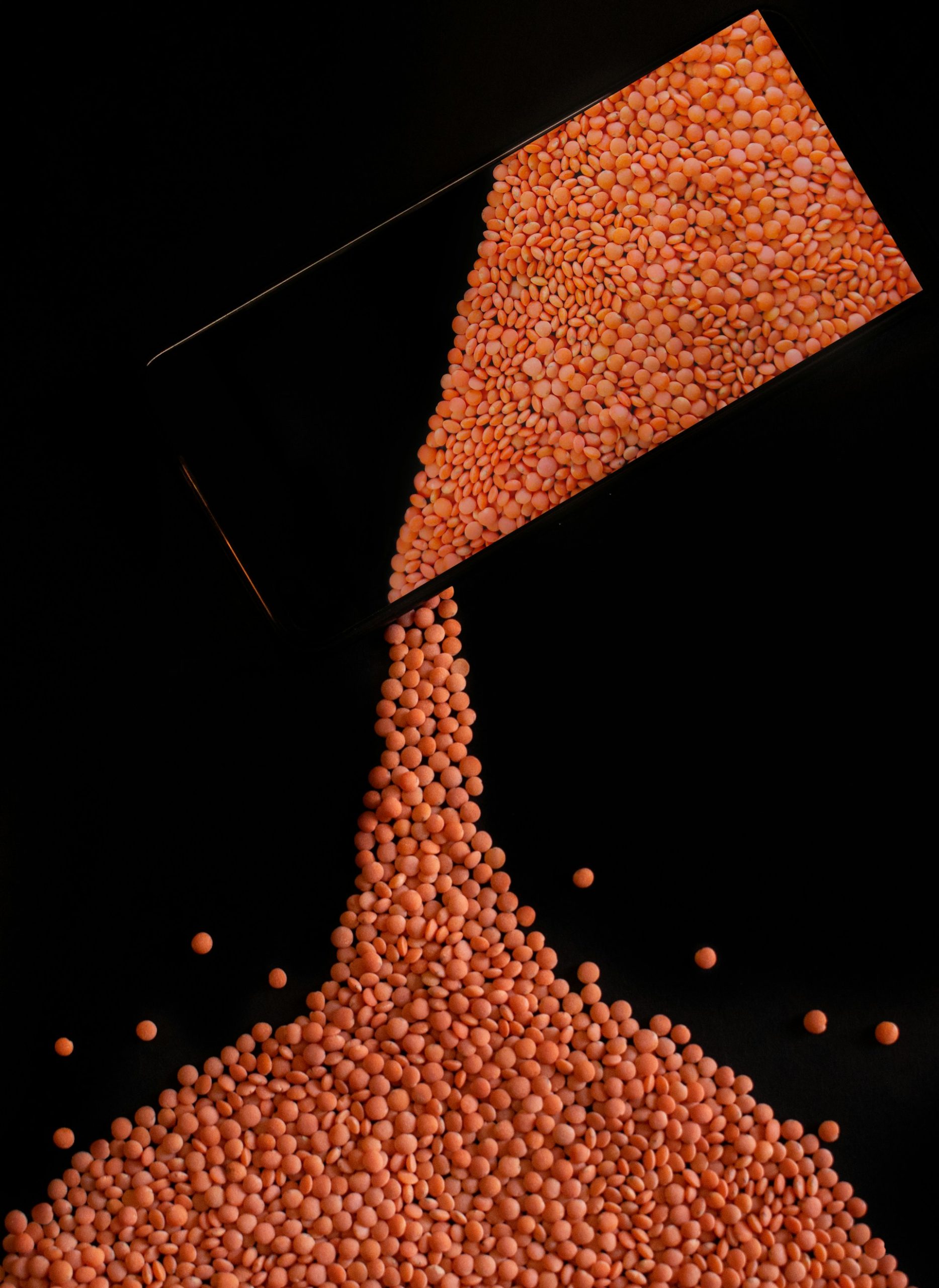The nutritional elements available from pulses depend more on the method of making pulses. Soak for eight hours before making pulses. Take pulses with peels. Pulses with peels are more beneficial than pulses without peels. Soaking pulses activates many enzyme systems present in them, which increases the nutritional value of pulses. Pulses do not contain vitamin C in dry conditions, but after soaking, vitamin C appears in greater quantity. Similarly, the content of folic acid and other ‘B’ group vitamins increases by 23- times in sprouted grains as compared to dry grains. Soaking leads to germination.
Pulses in the dry state contain some anti-nutritional factors such as phytate and tannin, which adversely affect the availability of certain nutrients to the body, but in germination, these harmful substances are broken down and inactivated. It has been observed that only after soaking in water overnight, 50% of the tannins are separated from gram and tur. In this way, about 25 per cent of tannins can be extracted from moong and urad. After germination for 2448 hours, the tannin content further decreases by 10-15%.
Another substance in dried gram is phytate, which is more than 60% of total phosphorus, but after 48 hours of germination it remains only 44 per cent and thus there is no change in phosphorus. Due to these beneficial effects, the availability of iron from pulses is doubled after germination. Germination also changes the amount of starch in the grain. This makes the pulses digestible. It is known to all that pulses cause the condition of adamant or udder-vayu (gas formation).
Chana produces more gas than other pulses. The presence of some sugars called ‘oligosaccharides’ in these pulses is a factor related to gas formation. Due to the absence of suitable digestive enzymes in humans, these sugars are not absorbed. But bacteria in the large intestine act on these gas-forming sugars. These oligo-sugars are reduced when gram, moong, urad or arhar are sprouted. After germination for 24 hours, the concentration of oligo-sugars was found to be 50% compared to the initial value. By 48- 72 hours it was found to be less than 25-72%. This means that unsprouted pulses are less gas-forming. The two traditional methods of preparing pulses, especially gram and moong, are roasting and puffing. These foods taste good when roasted and puffed, the heat also destroys the anti-unfalteringly substances during these processes. The thickness of the pulp of roasted pulses is also reduced.
In this way, by using roasted pulses, we can reduce the quantity of food, especially in feeding small children. The popular method of cooking pulses is to boil them in water and cook. Those substances become inactive which do not allow the body to absorb some nutrients, but some nutrients get dissolved in the cooking medium. It has been found that by boiling 5-25% loss of riboflavin occurs. The tannin content of pulses shows that more than 80% of the anti-nutritional factor is separated from the grain after cooking. Cooking tur dal or rice does not affect the bioavailability of iron. Things made from pulses like papad, lentil-moth etc. are powerful food when given to the patients after their disease is cured. Sweets should not be given.
Face Beauty-
Apply boiled water of lentils and rice on the face and let it dry. Wash off after an hour. This will brighten the look of the face.



